Woodchester Mansion
WORDS BY Katie Jarvis
Take a one day-course at world-famous Woodchester Mansion, taught by a master mason, using stone from the mansion itself. After all, this mysterious house is made almost entirely of stone: from the guttering to the bath taps
Stare up at the vaulted stone ceiling in Woodchester Mansion’s drawing room – a neck-craning five-and-a-half metres above – and you could almost be in one of the world’s great cathedrals. Space; light; high arches that draw your eyes ever upward towards the heaven its owner hoped one day to see for himself.
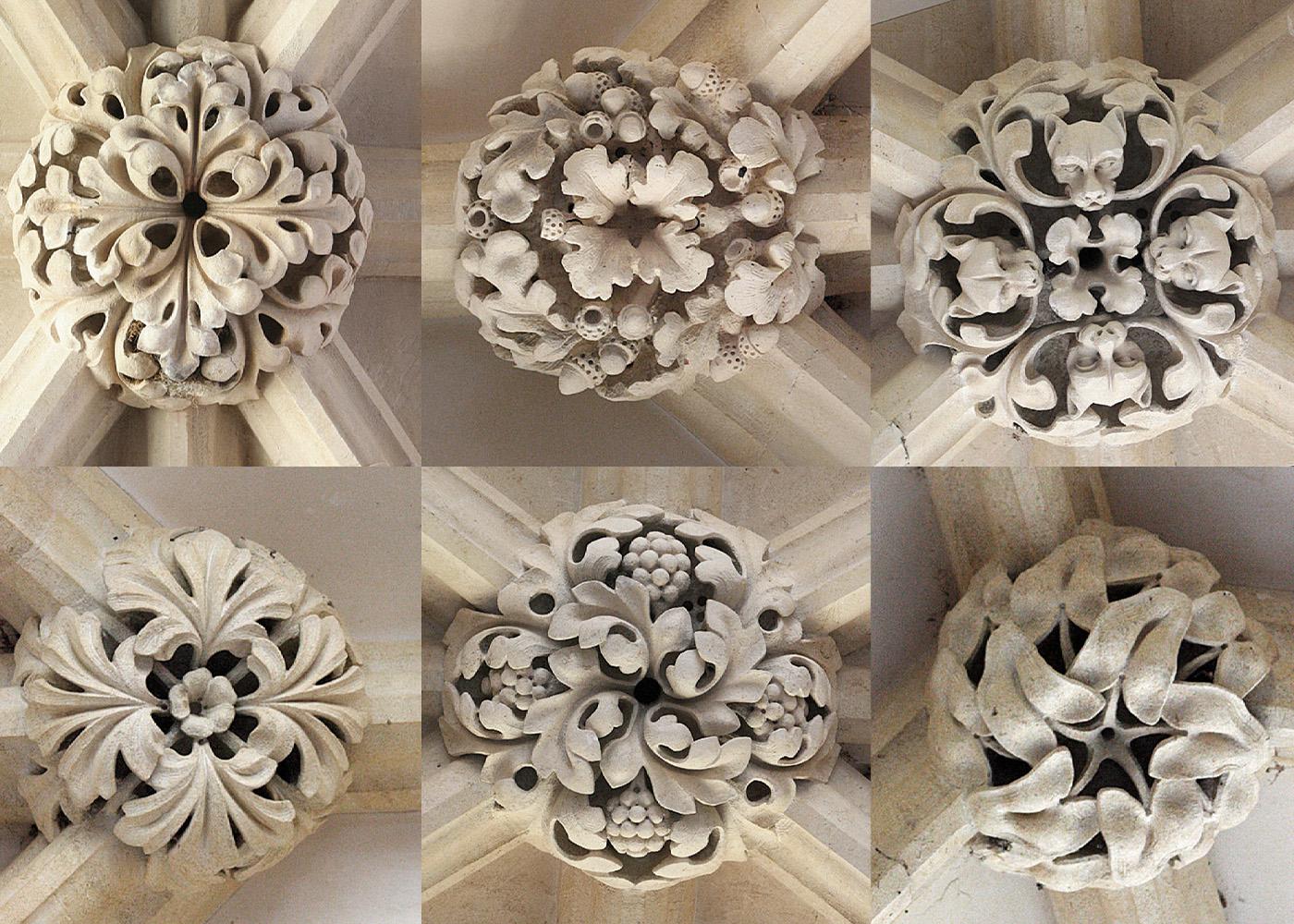
Nor is it only the mansion’s ceilings that are reminiscent of medieval masonry; everywhere you look, stone is the dominant force. In the chapel, fine-quality carvings reflect the natural beauty of the 5,000-acre estate that once surrounded the mansion: showy primrose; twining, clambering bryony; fronds of ferns; oak; hops. Even plants at different times of the year: a flowering strawberry on one of the bosses is shown fruiting on another. An extraordinary level of detail.
But there is more than just decorative stonework in this 19th-century building.
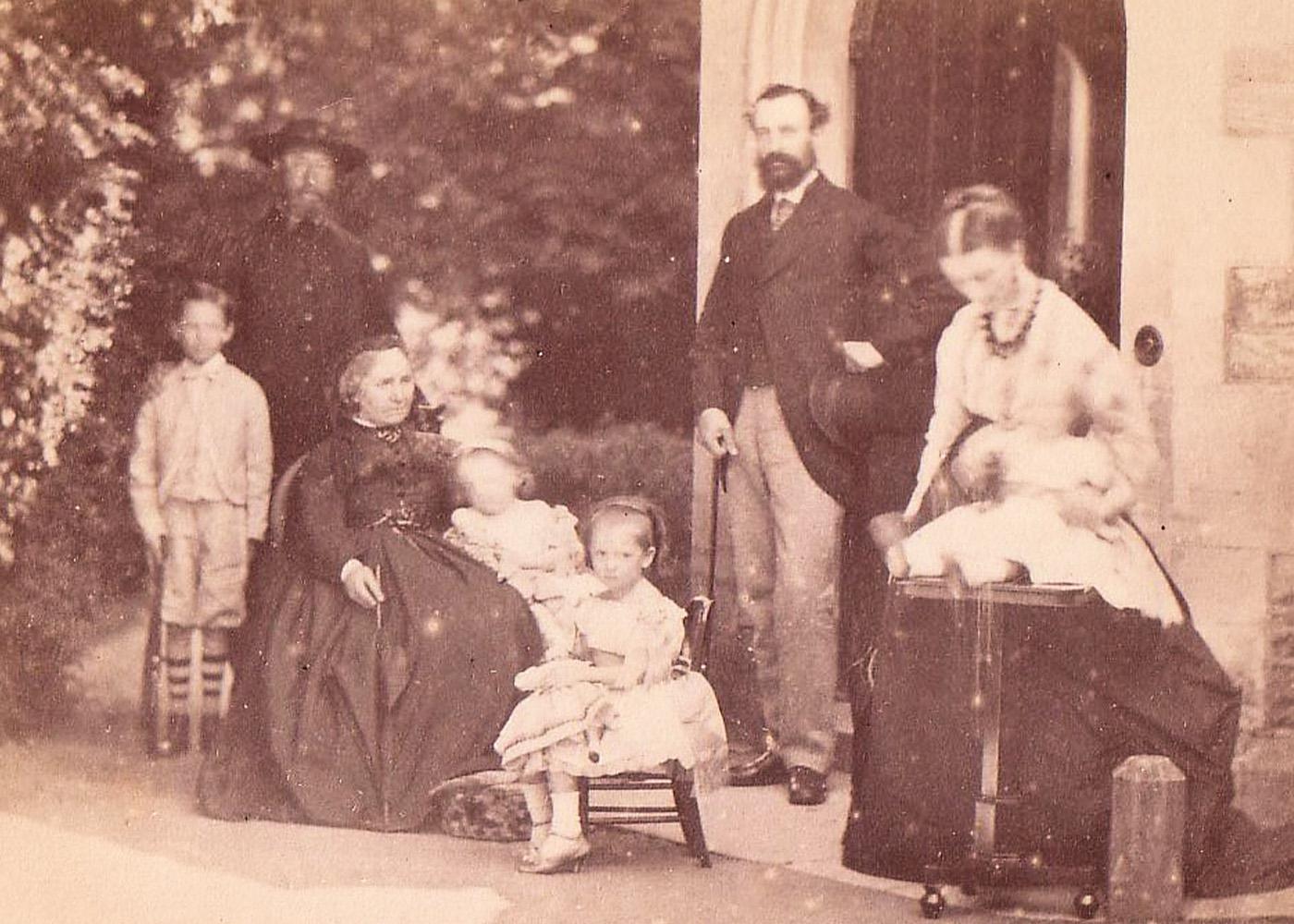 Its owner-creator was William Leigh, who appointed local architect Benjamin Bucknall to design and construct this masterpiece. Bucknall was a great admirer of the work of Eugène Viollet-le-Duc, who had recently won a professional competition to undertake a huge restoration of Notre-Dame Cathedral. The French architect was a great advocate of stone – even down to the guttering. ‘The attitude was: If it can be made in stone, then we’ll make it in stone,’ says Max Raven, operations manager for Woodchester Mansion Trust. ‘And that is why we have our stone downpipes on the gutters – which are not practical in the slightest! Even stone gargoyle bath-taps. It’s beautiful and fantastic and mad in the best possible way.’
Its owner-creator was William Leigh, who appointed local architect Benjamin Bucknall to design and construct this masterpiece. Bucknall was a great admirer of the work of Eugène Viollet-le-Duc, who had recently won a professional competition to undertake a huge restoration of Notre-Dame Cathedral. The French architect was a great advocate of stone – even down to the guttering. ‘The attitude was: If it can be made in stone, then we’ll make it in stone,’ says Max Raven, operations manager for Woodchester Mansion Trust. ‘And that is why we have our stone downpipes on the gutters – which are not practical in the slightest! Even stone gargoyle bath-taps. It’s beautiful and fantastic and mad in the best possible way.’
 Although Bucknall was still in his 20s when he began on Woodchester Mansion, his mastery of the Gothic style was beyond doubt. His designs were bold, adventurous and exciting. He understood that Leigh – who had converted to Roman Catholicism during a period that looked askance at Catholics – wanted not just a beautiful stately home but a place of worship.
Although Bucknall was still in his 20s when he began on Woodchester Mansion, his mastery of the Gothic style was beyond doubt. His designs were bold, adventurous and exciting. He understood that Leigh – who had converted to Roman Catholicism during a period that looked askance at Catholics – wanted not just a beautiful stately home but a place of worship.
Other than a few names etched into materials, we don’t know much about the craftsmen who worked on the mansion as it began to take shape in the 1850s. Many were local. Yet there are suggestions that French masons, who been involved in the Notre-Dame restoration, also came over to work on the chapel here, perhaps bringing fine French stone with them.
That French stone would have mirrored the oolitic limestone that defines the Cotswolds, formed some 200 million years ago during the Jurassic age when the region would have been covered by a warm Caribbean-like sea. ‘Ooid’ means ‘eggs’ and refers to tiny grains of sand or shell fragments that make up the honey-coloured stone you see in the Cotswolds today. The movement of the sea gathered more particles, which compacted together.
There were originally 19 quarries on the estate from which stone for the mansion was taken, as well as from other quarries within a few miles of the site.
‘Different beds [the layers in which the stones formed] would have been used for different things. For carving, you would want stone from a bed with very small oolites, which means you can create finer details. You can only make an edge or a shape that’s as fine as those spheres that constitute the stone.’
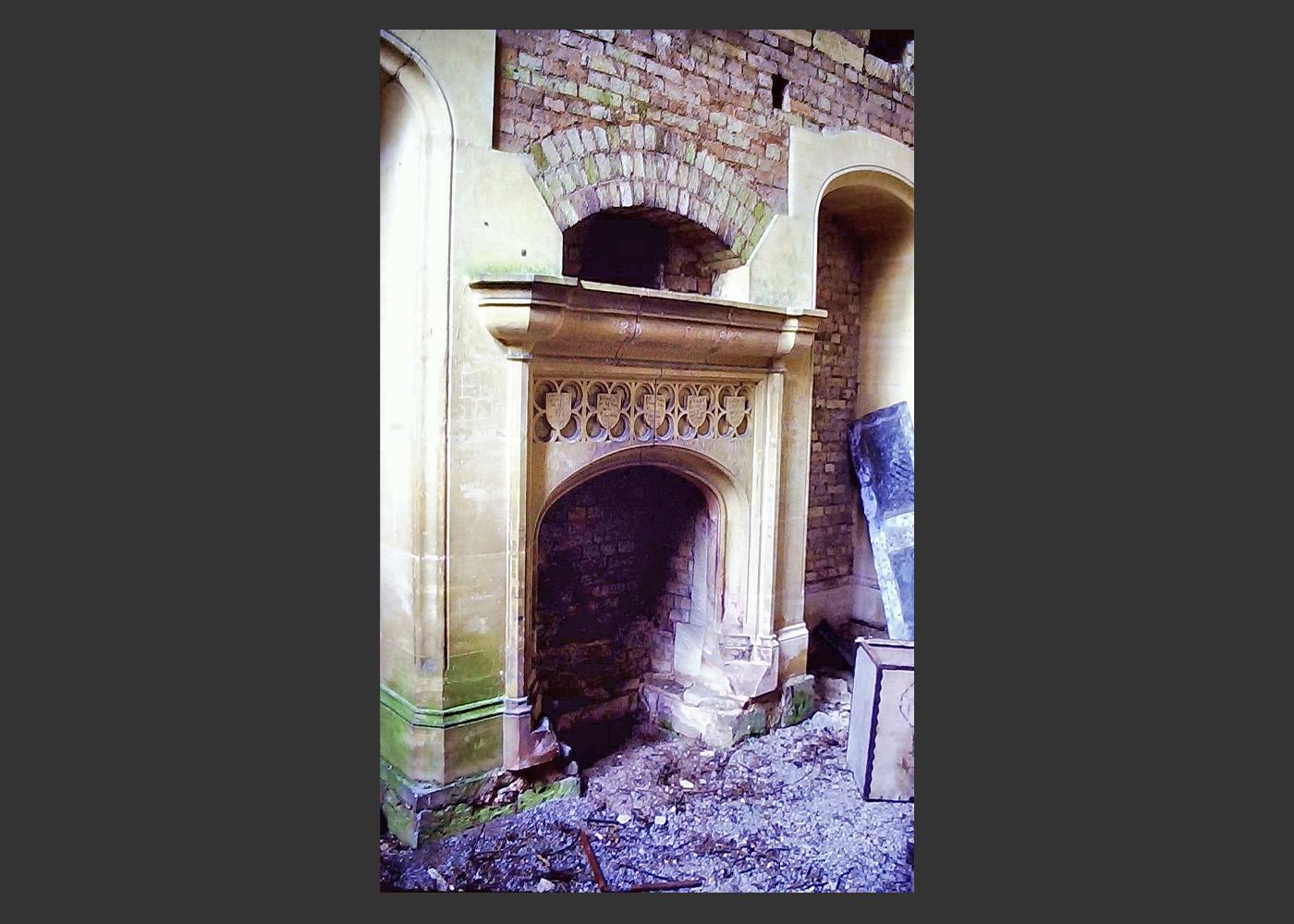 There is, however, a strange twist in the tale. For despite the love and devotion Leigh poured into his mansion, he and his family never lived there. A series of family tragedies, financial restrictions, and Leigh’s own poor health meant building work gradually ground to a halt in the 1870s. Leigh’s descendants continued to take minimal care of the property; but its real protector was its remote location. Nevertheless, when first the local council took it over in the 1980s, it was a decaying time-capsule. Ladders – many rungs missing – still leaned against walls; fireplaces hung suspended from floorless levels; other rooms were almost complete, right down to pelmets all carved from stone. Moreover, a colony of rare horseshoe bats – still in residence – had taken over the attics.
There is, however, a strange twist in the tale. For despite the love and devotion Leigh poured into his mansion, he and his family never lived there. A series of family tragedies, financial restrictions, and Leigh’s own poor health meant building work gradually ground to a halt in the 1870s. Leigh’s descendants continued to take minimal care of the property; but its real protector was its remote location. Nevertheless, when first the local council took it over in the 1980s, it was a decaying time-capsule. Ladders – many rungs missing – still leaned against walls; fireplaces hung suspended from floorless levels; other rooms were almost complete, right down to pelmets all carved from stone. Moreover, a colony of rare horseshoe bats – still in residence – had taken over the attics.
As Max says, ‘The quality of the work here is some of the finest, if not the finest, that you will find certainly within the Cotswolds.’ Indeed, Woodchester Mansion is of national – if not international – importance, thanks to Bucknall’s mastery of the techniques of Gothic architecture.
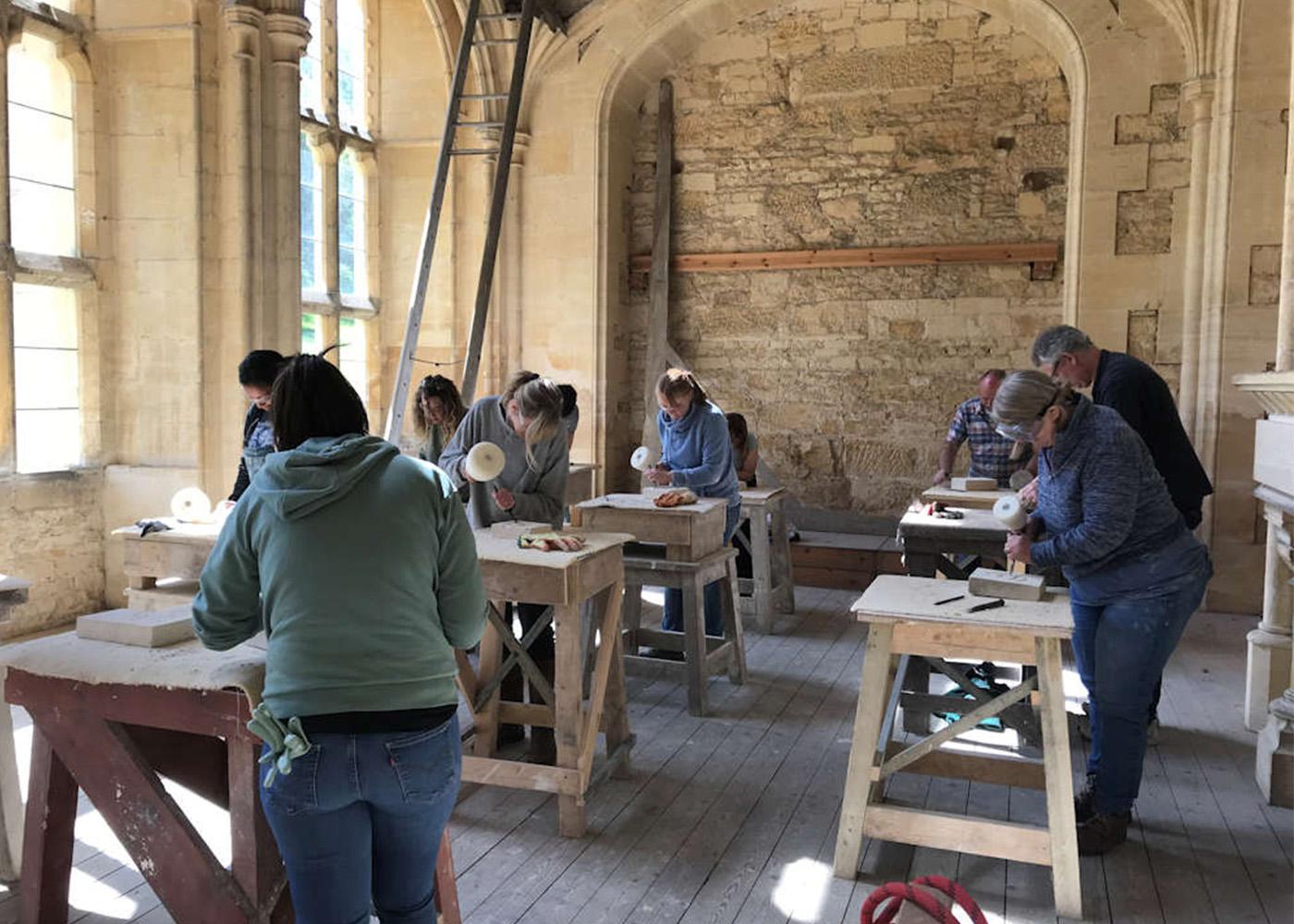 That halted work-in-progress is particularly valued by today’s stonemasons, such as Stephen L’Normand, master of the Stonemasons Guild of St Stephen. He supervises workshops at the mansion, which run regularly and participants include people who have never handled a chisel before.
That halted work-in-progress is particularly valued by today’s stonemasons, such as Stephen L’Normand, master of the Stonemasons Guild of St Stephen. He supervises workshops at the mansion, which run regularly and participants include people who have never handled a chisel before.
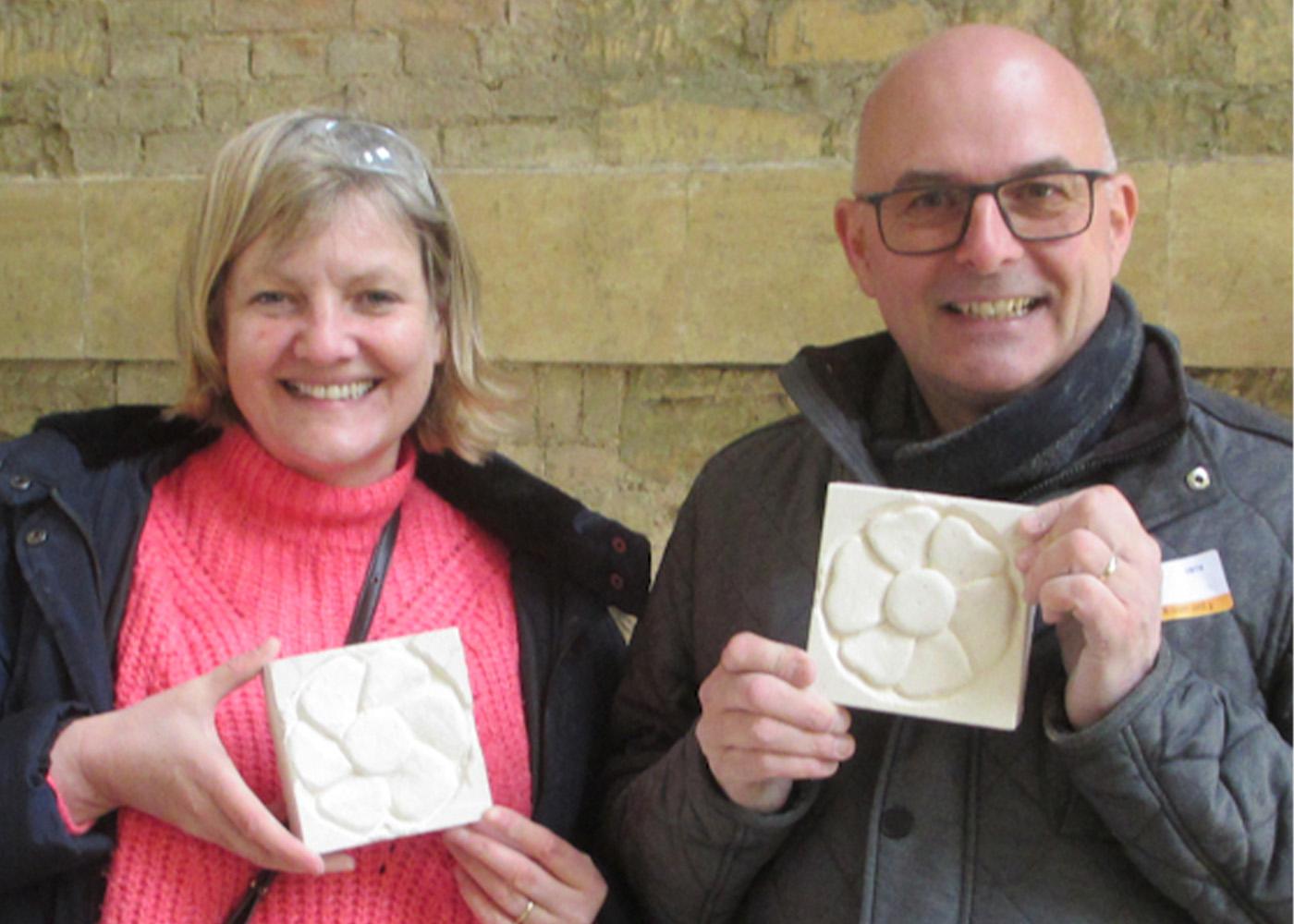 ‘On a one-day course, we will get people to carve a ‘label-stop’, which is usually a round or square you’d find around window-ledges. ‘It’s amazing seeing someone who begins by saying ‘I’m not artistic!’ to someone proudly producing really good work.’Private courses can be arranged when the mansion is shut to the public, if preferred, including during the closed season (from November through March).
‘On a one-day course, we will get people to carve a ‘label-stop’, which is usually a round or square you’d find around window-ledges. ‘It’s amazing seeing someone who begins by saying ‘I’m not artistic!’ to someone proudly producing really good work.’Private courses can be arranged when the mansion is shut to the public, if preferred, including during the closed season (from November through March).
Woodchester Mansion in Woodchester Park, near Nympsfield GL10 3TS, is open to the public every Friday, Saturday and Sunday and Bank Holidays from the end of March until the end of beginning of November; woodchestermansion.org.uk
For enquiries, please email info@woodchestermansion.org.uk or call 01453 861 541.
Insider tips: Parking is a fair distance from the mansion, though a lovely walk away (with dogs welcome on leads). You’ll stroll through Woodchester Park, a beautiful and secluded valley owned by the National Trust. There’s a pay-and-display machine in the car park, from where regular minibuses run to the mansion itself.
NB There is no mobile signal or public wifi at the mansion.
If you are curious to know what Woodchester Mansion would have looked like complete, then do visit the National Trust’s Tyntesfield, a similarly ornate Victorian Gothic Revival property at Wraxall near Bristol BS48 1PA, some 35 miles south west: nationaltrust.org.uk/visit/bath-bristol/tyntesfield
SHARE:

